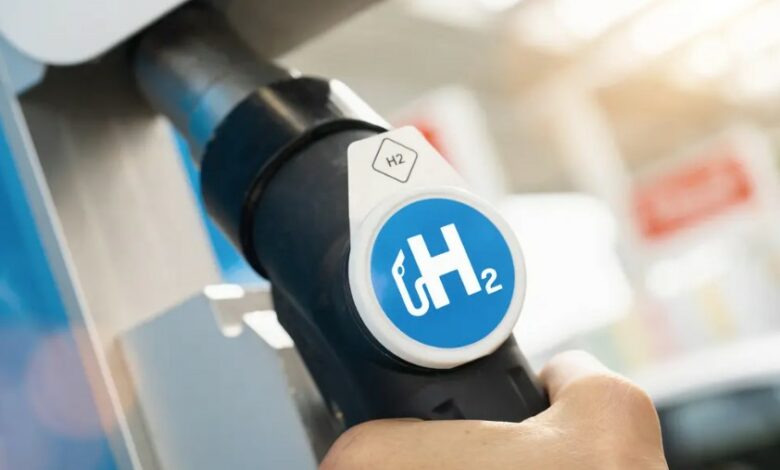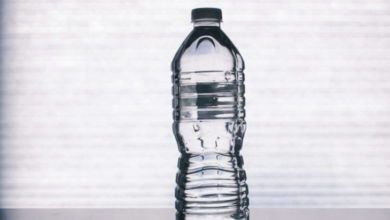From Texas the method to recover hydrogen from plastic waste
If the cost of electrolysis from renewable is still prohibitive, recovering hydrogen from plastic waste could be an alternative
(sustainabilityenvironment.com) – Researchers at Rice University have found a way to recover hydrogen from plastic waste using a low-emission method that could pay for itself. The secret is a technique called flash joule heating, based on very short electric shocks that heat materials at high temperatures.
The researchers exposed samples of plastic waste to this process for about four seconds, bringing their temperature up to 3100 degrees Kelvin. The result is the vaporization of the hydrogen present in the plastic, with a residual of graphene.
Graphene is an extremely light and durable material, consisting of a single layer of carbon atoms. Currently highly sought after in the energy sector, it is one of the materials “of the future”. Obtaining it from the treatment of waste products such as plastic is precisely the purpose of those who work with the flash joule heating.
read also How to recycle plastic with LEDs and turn it into hydrogen carriers
However, no one had observed before what gases were released in the process. When they did, researchers at the University of Texas discovered, among others, hydrogen. This welcome side-effect may be the extra factor that gives a boost to a supply chain today entangled in its own economy. If H2 is in fact seen as a promising alternative to fossil fuels, the methods used to produce it generate too much carbon dioxide (when you start from the methane molecule) or are too expensive (water electrolysis).
According to scientists engaged in the recovery of graphene from plastic, “green” hydrogen costs about 5 dollars per kilo. At least when produced using renewable energy sources to divide water into its two original components. If, on the other hand, flash joule heating applied to plastic waste was used, the process would become part of graphene production and thus much cheaper. “If the graphene produced was sold at just 5% of the current market value – clean hydrogen could be produced for free,” the researchers explain.
Polyethylene, for example, is 86% carbon and 14% hydrogen. With the flash joule heating, the research team is able to recover up to 68% of that hydrogen, with a purity of 94%.






